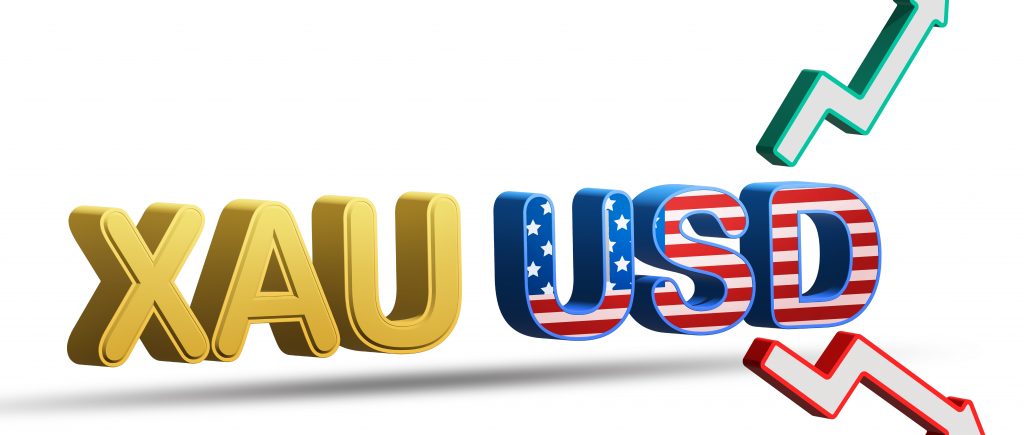The US economy continues to exhibit remarkable resilience, with the latest GDP figures confirming a robust growth trajectory. The Bureau of Economic Analysis reported a 2.8% expansion in the third quarter, a figure that aligns with the previous quarter’s growth rate. This sustained economic momentum, driven by consumer spending, is a testament to the underlying strength of the US economy. The precious metal is trading at $2635.78 per ounce at the time of writing versus the highest price during the current trading week of $2719 registered on Mondayy, Nov. 25.
However, beneath this surface of economic prosperity, inflationary pressures persist. The core Personal Consumption Expenditures (PCE) Price Index, the Federal Reserve’s preferred inflation gauge, has remained elevated, signaling that price stability remains a key concern. As the Fed navigates this delicate balancing act between economic growth and inflation, the potential for future rate cuts looms large.
The gold market has reacted cautiously to these economic developments. While the precious metal initially retreated on the back of strong economic data, it has since rebounded, buoyed by a weaker US Dollar and declining Treasury yields. The potential for a more accommodative monetary policy, coupled with geopolitical uncertainties, has provided a supportive backdrop for gold.
However, the outlook for gold remains nuanced. While a potential rate cut could bolster its appeal as a non-yielding asset, technical indicators suggest a cautious approach. The Relative Strength Index (RSI) has shifted into bearish territory, indicating that sellers may regain control. A sustained break below the $2,600 level could trigger a further decline towards the 100-day moving average.
In the near term, investors will be closely monitoring the Fed’s policy decisions, particularly the December meeting. Any indications of a more dovish stance could provide a significant boost to gold prices. Additionally, geopolitical developments, particularly in regions like Ukraine and the Middle East, could introduce additional volatility into the market.
As we look ahead, it is clear that gold’s future trajectory will be shaped by a complex interplay of economic, monetary, and geopolitical factors. While the precious metal may face headwinds in the short term, its long-term appeal as a store of value and hedge against inflation remains intact. Investors should carefully assess these factors and consider a diversified investment strategy to navigate the evolving market landscape.

 Noor Trends News, Technical Analysis, Educational Tools and Recommendations
Noor Trends News, Technical Analysis, Educational Tools and Recommendations




